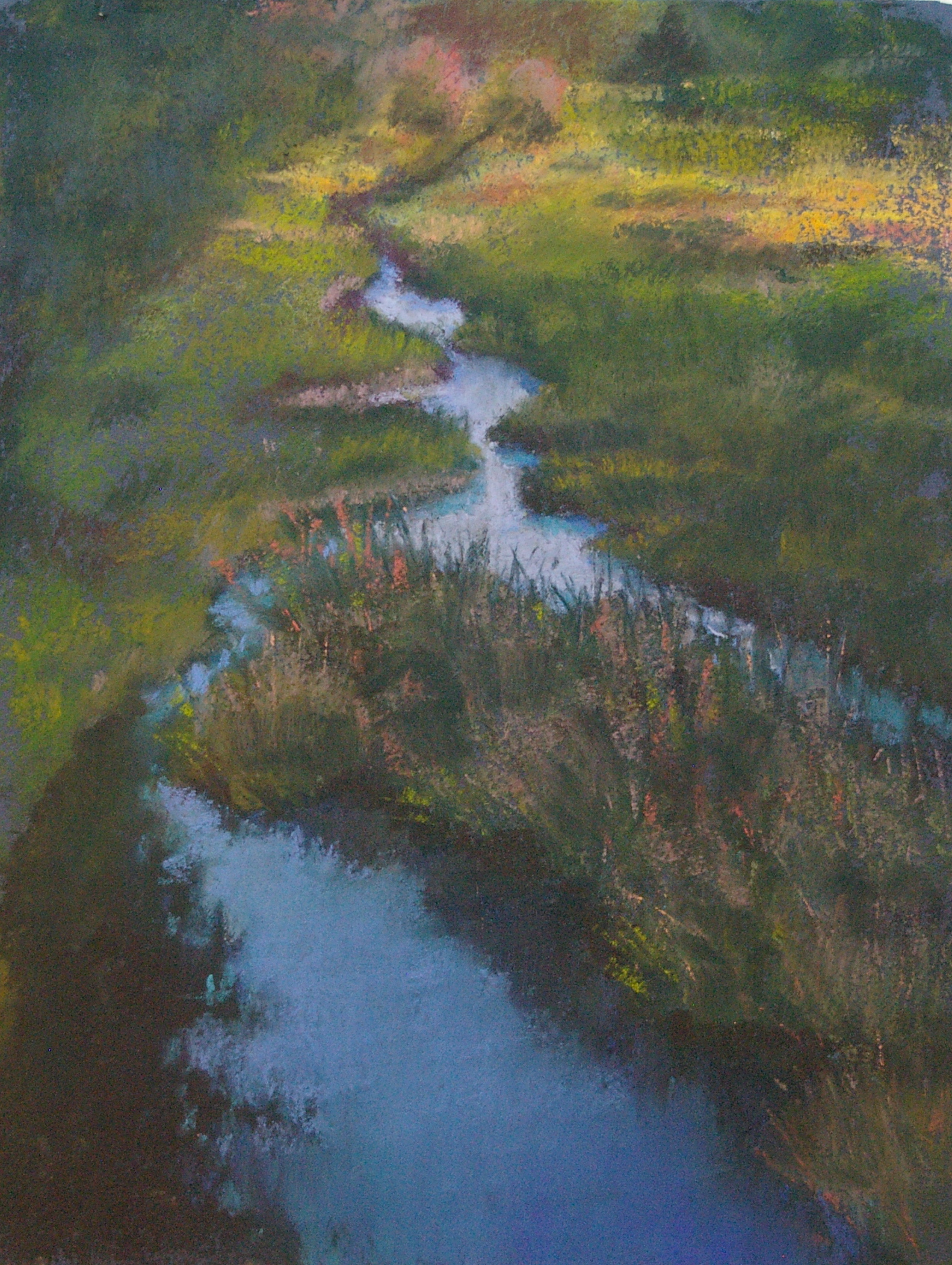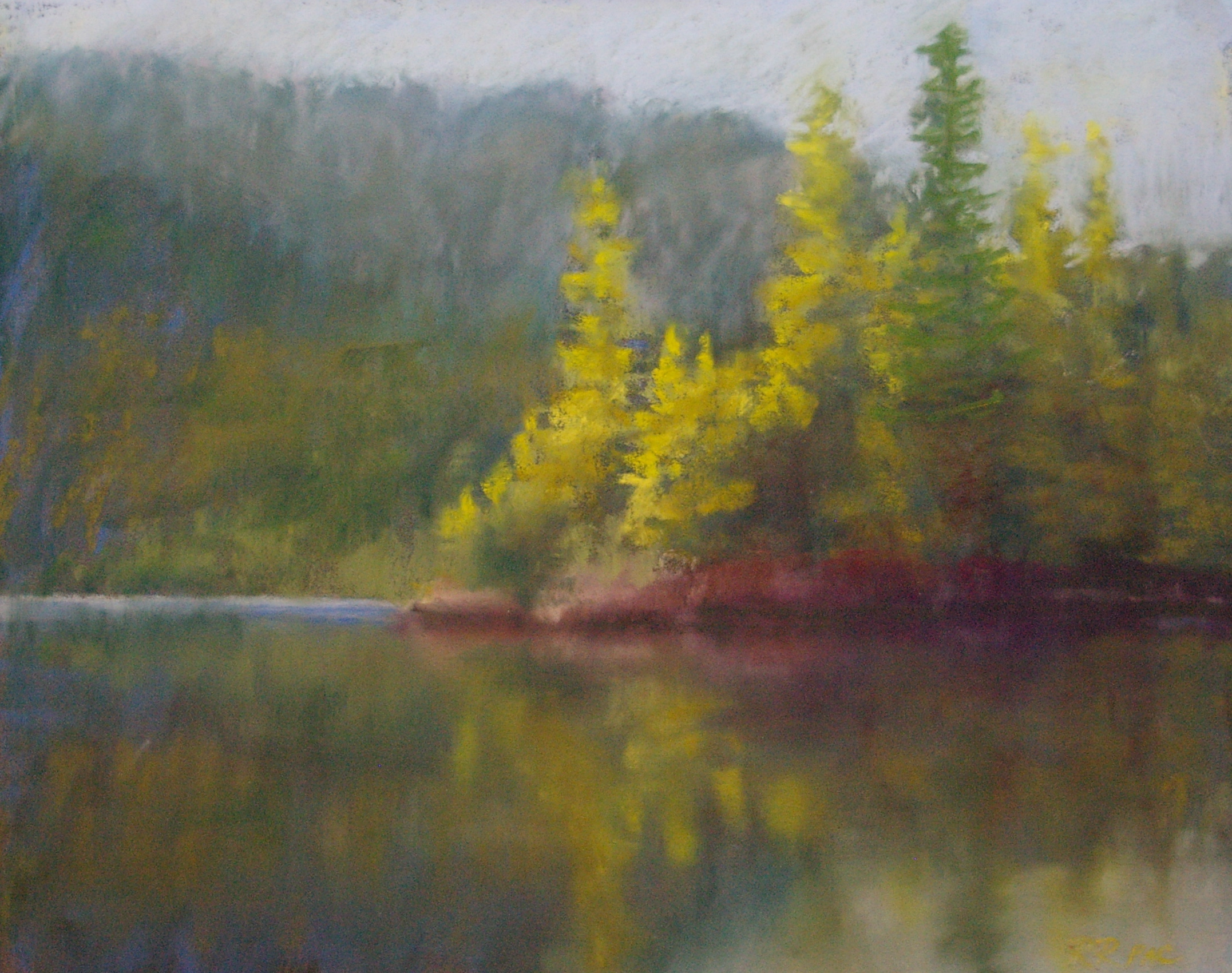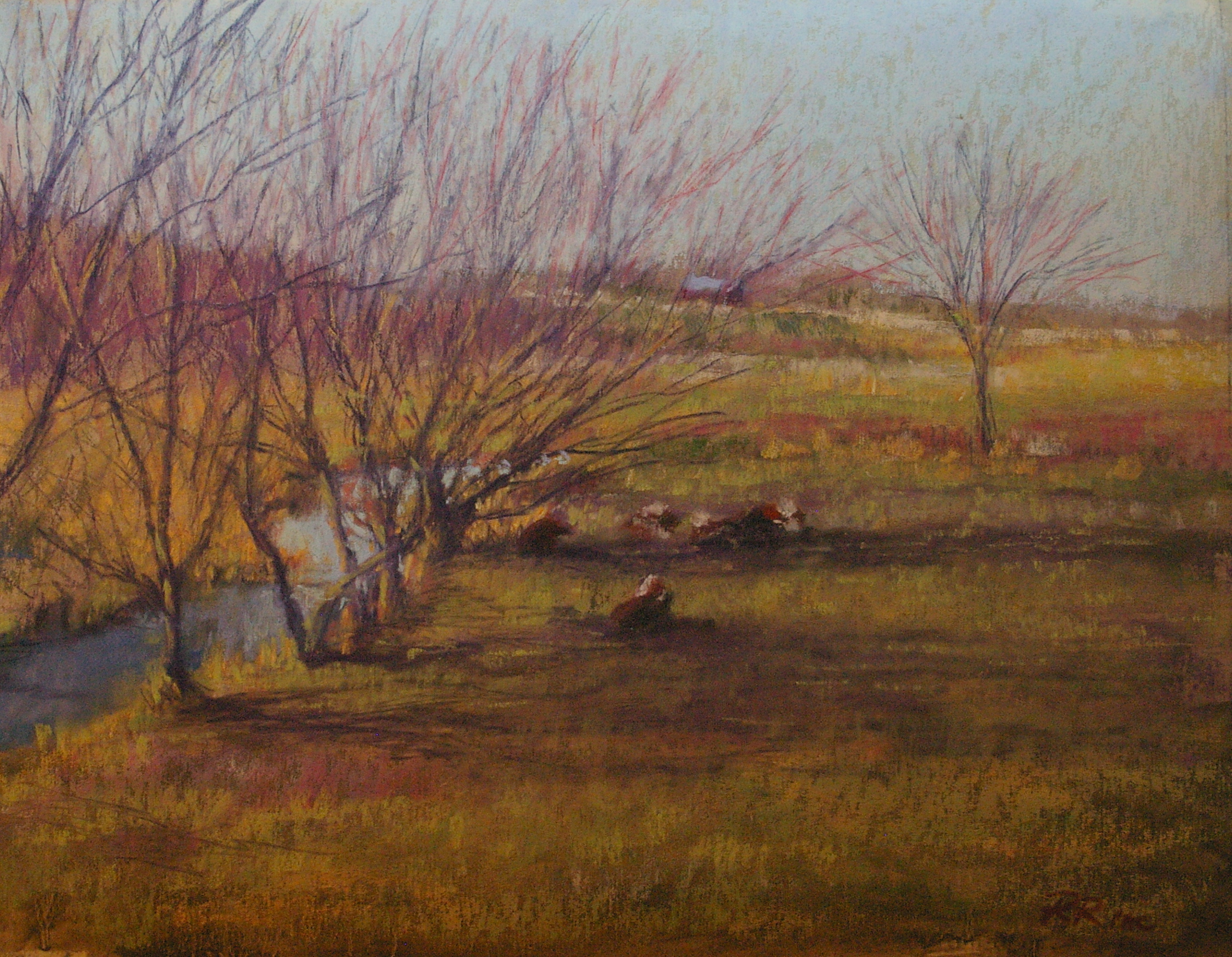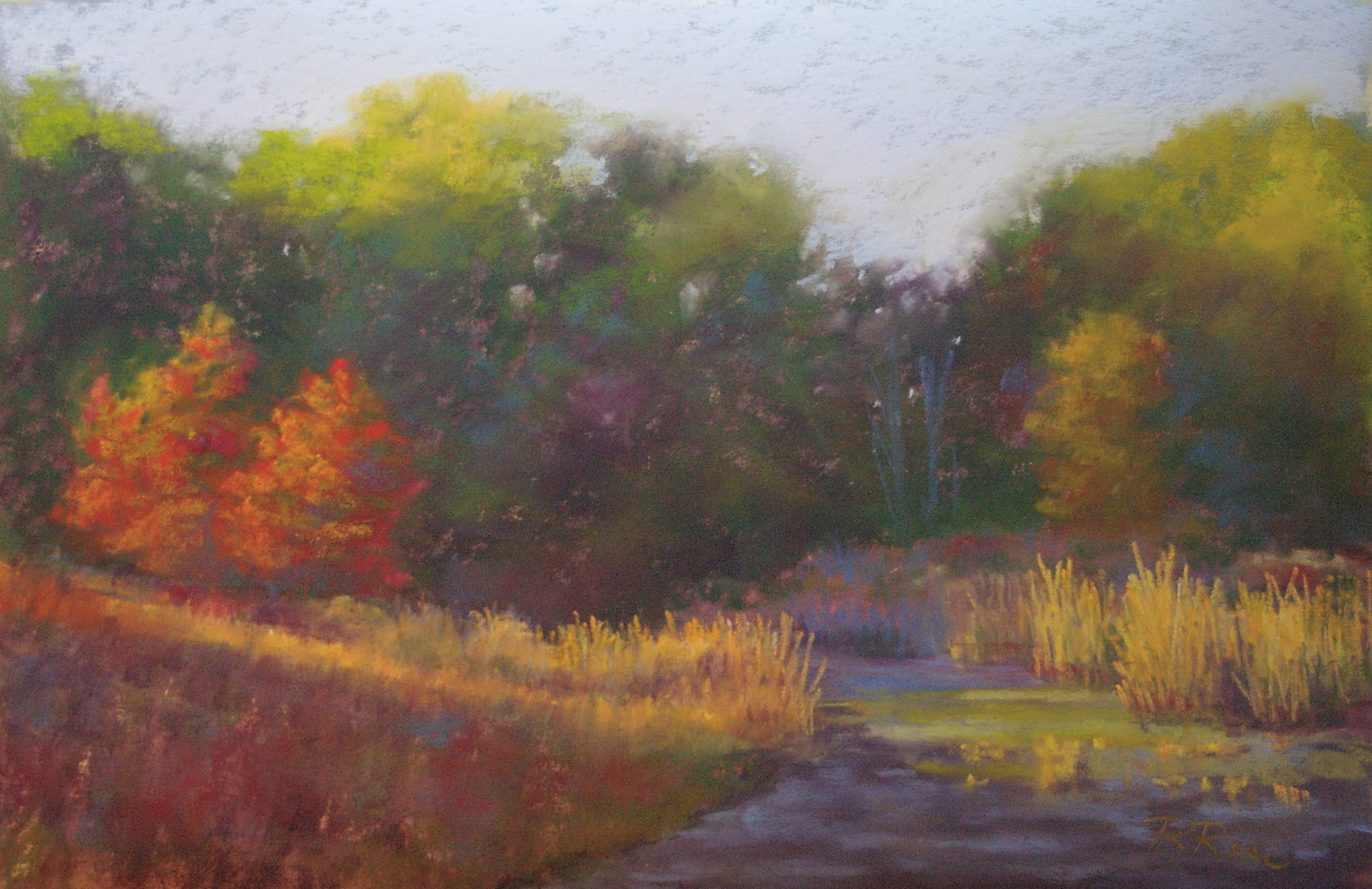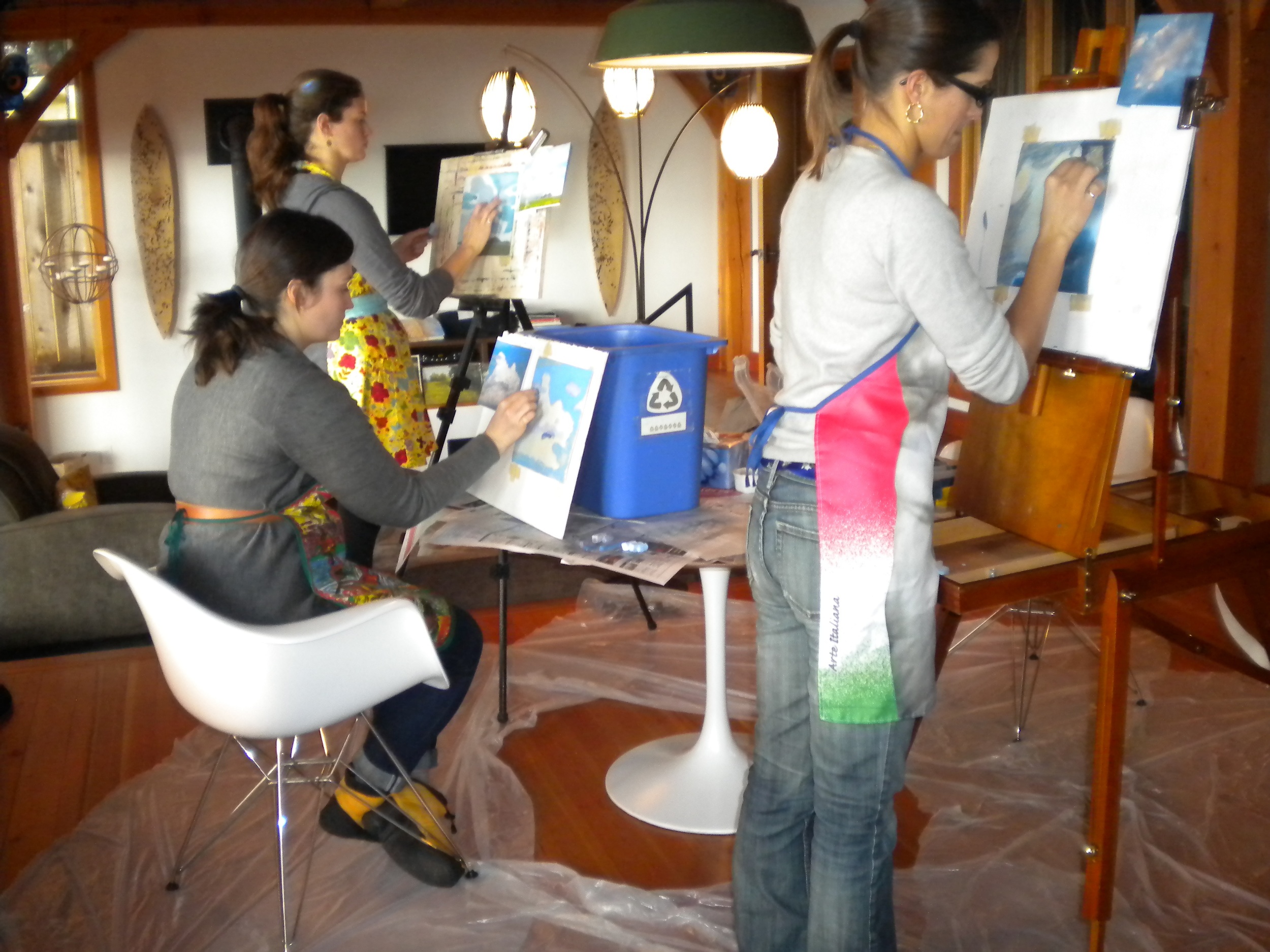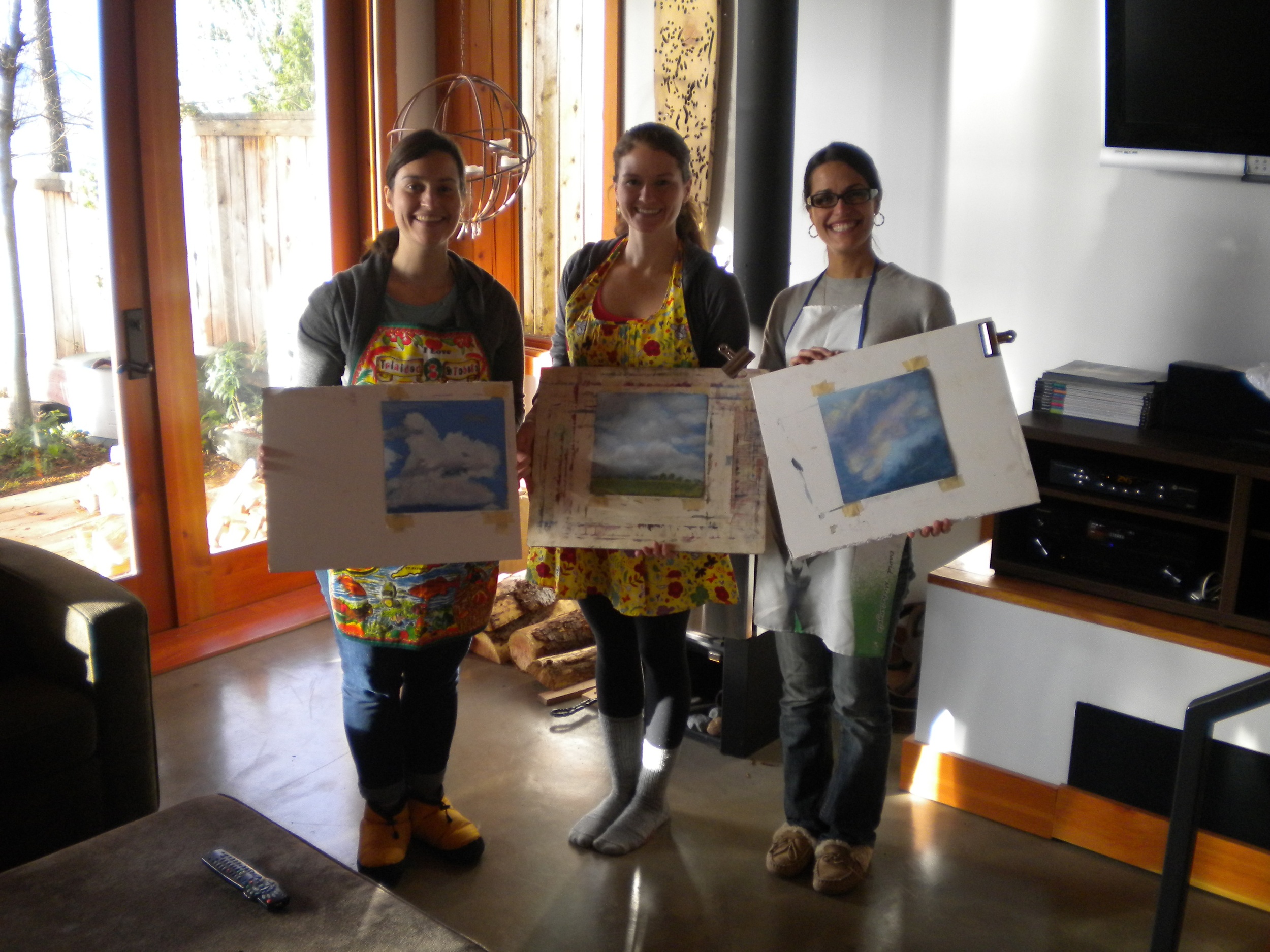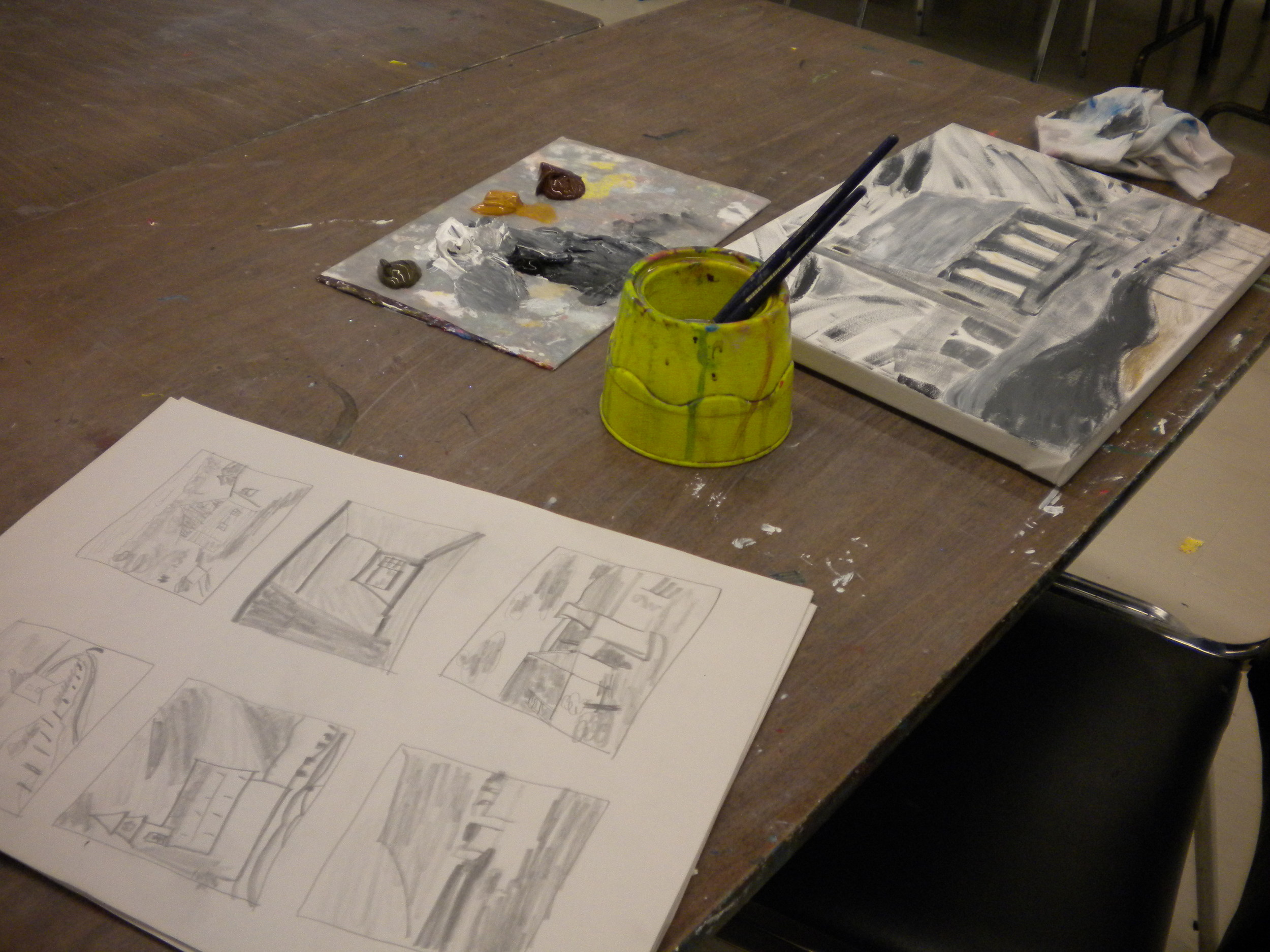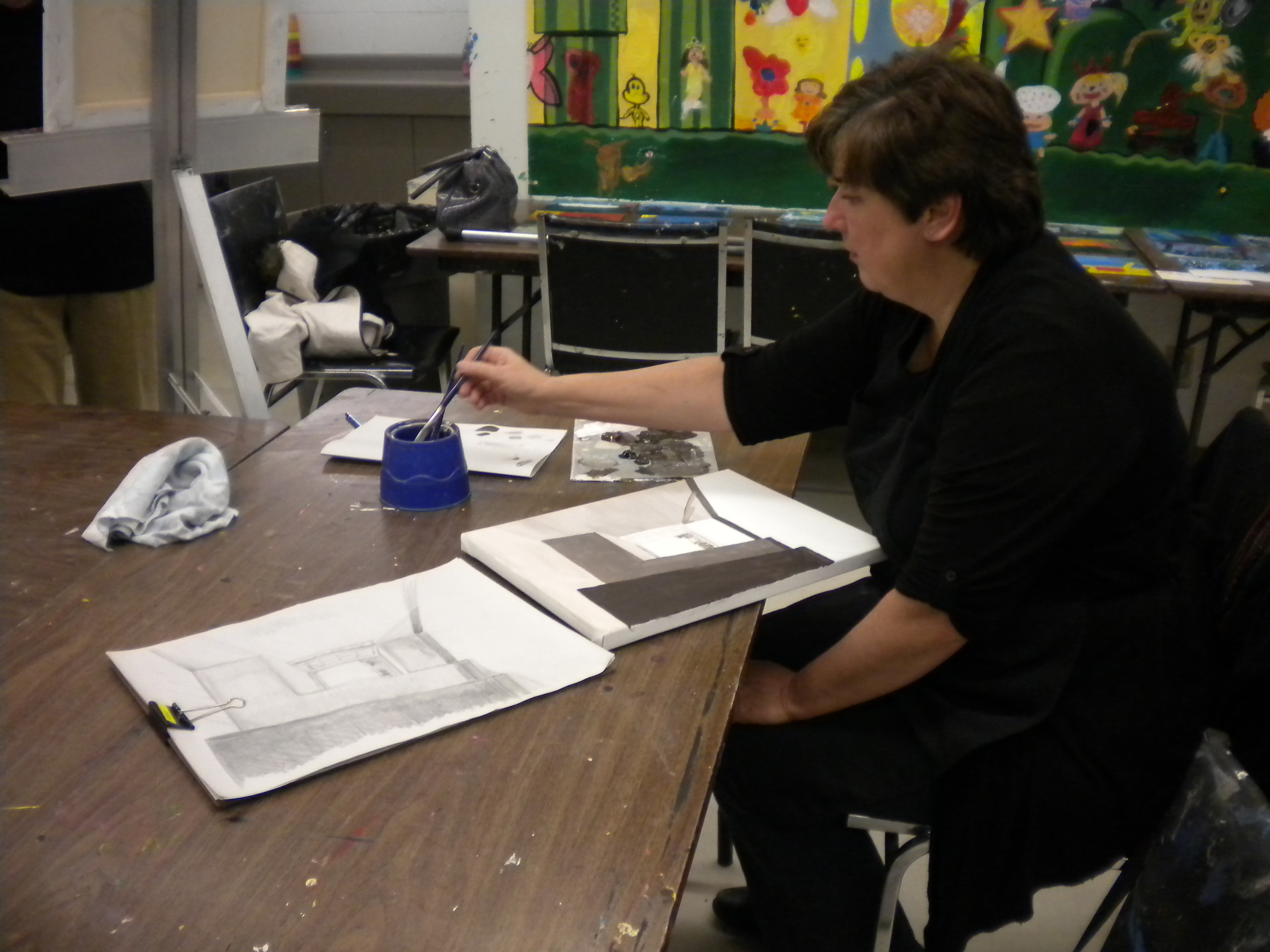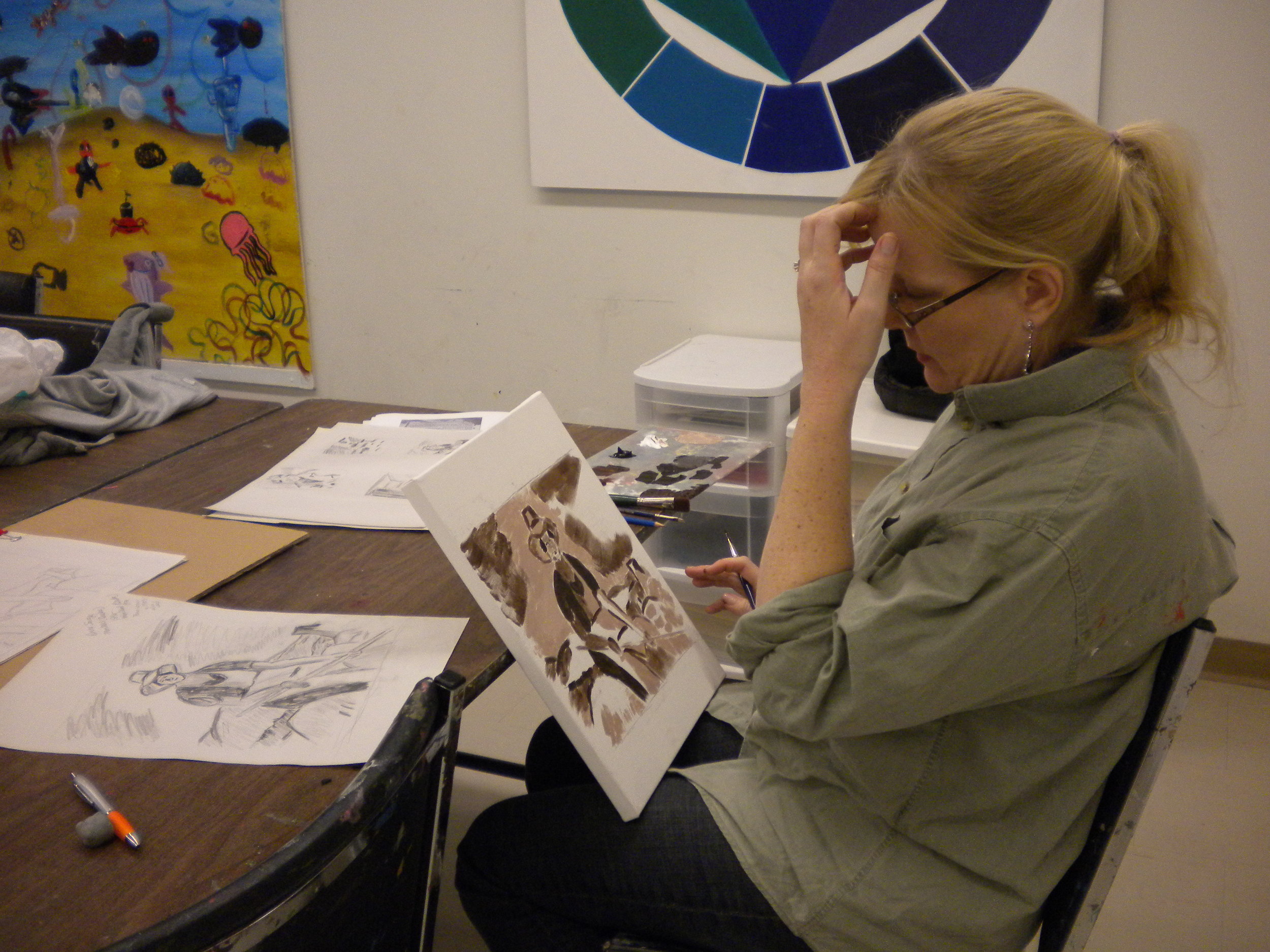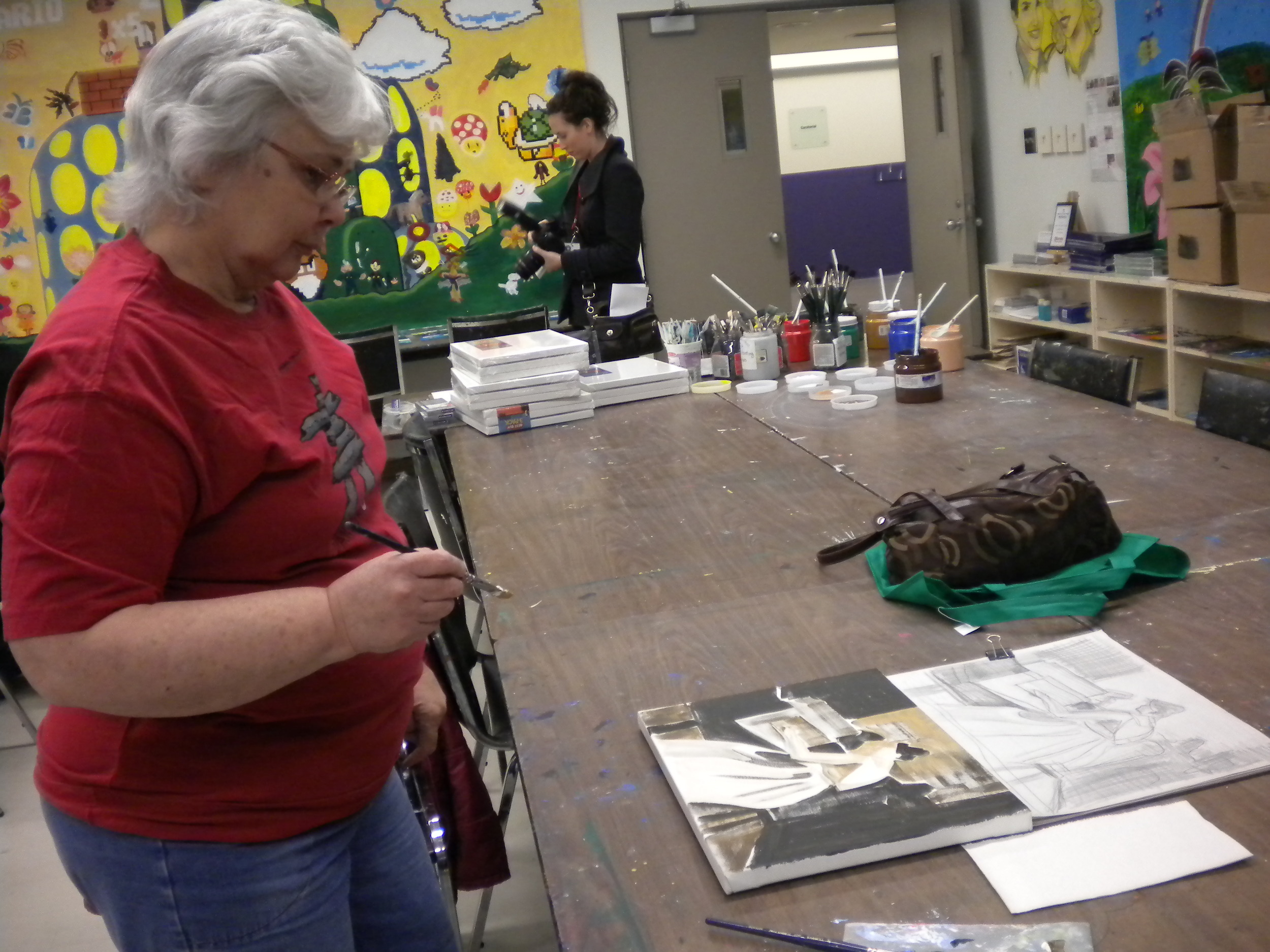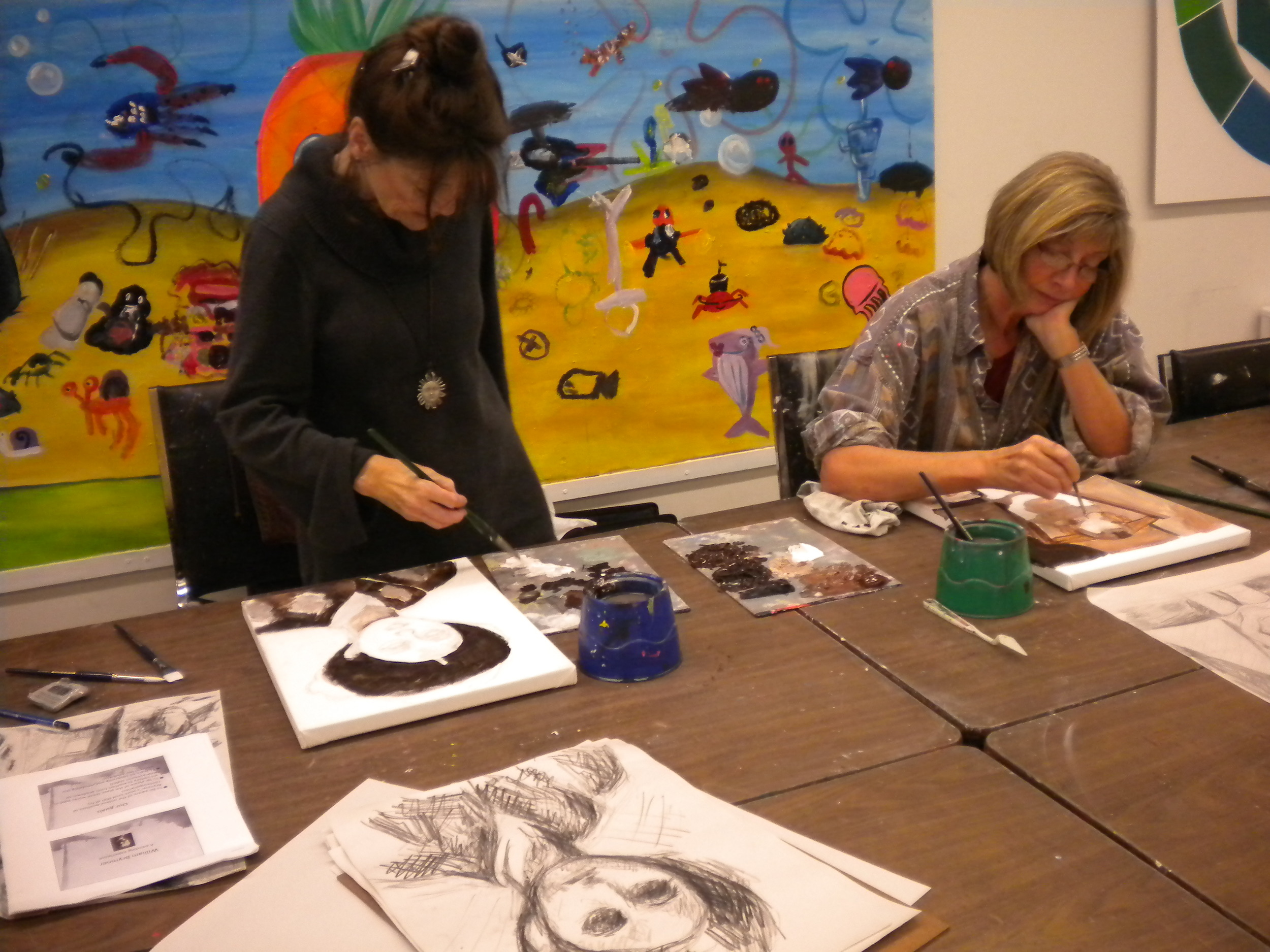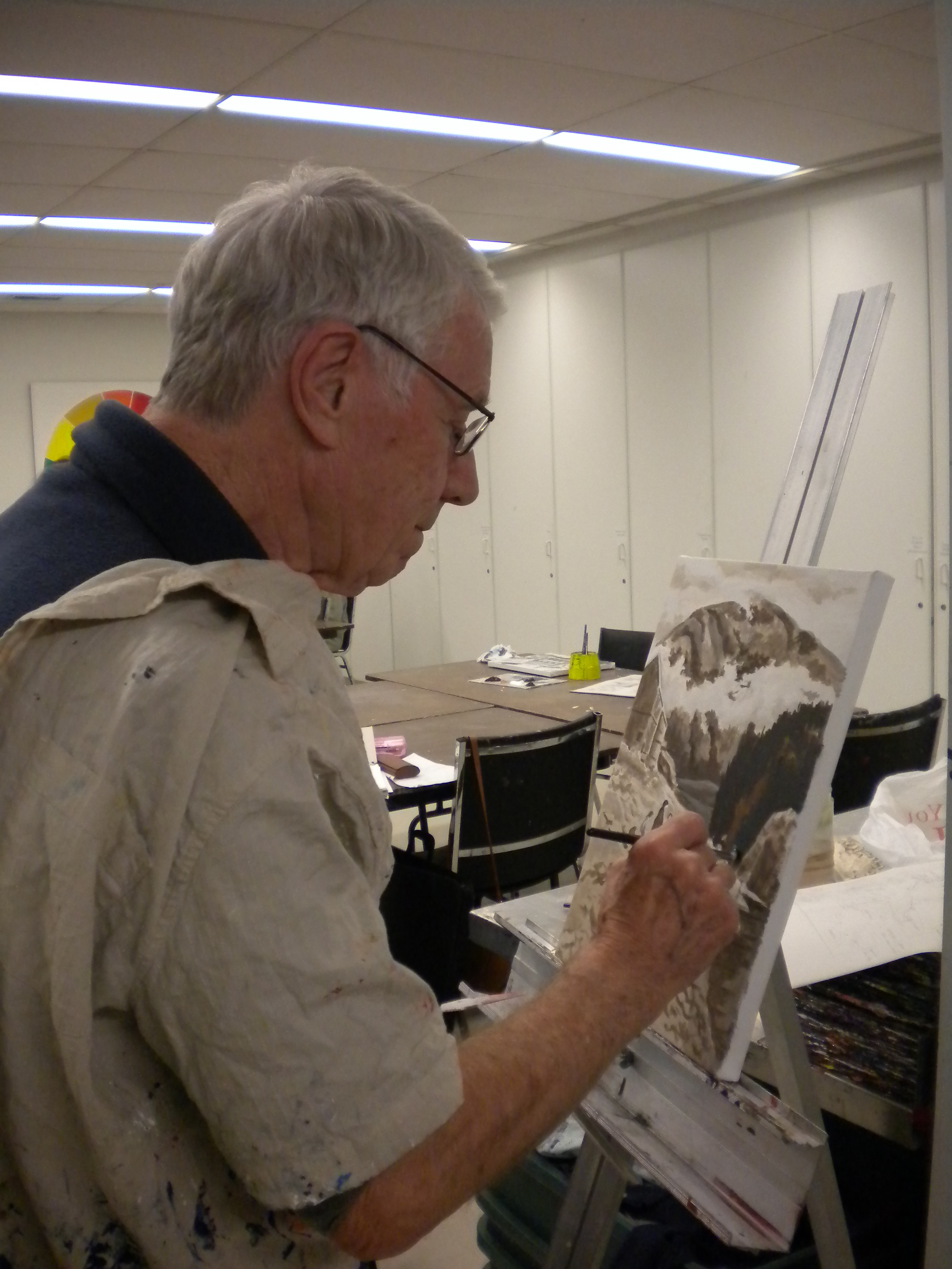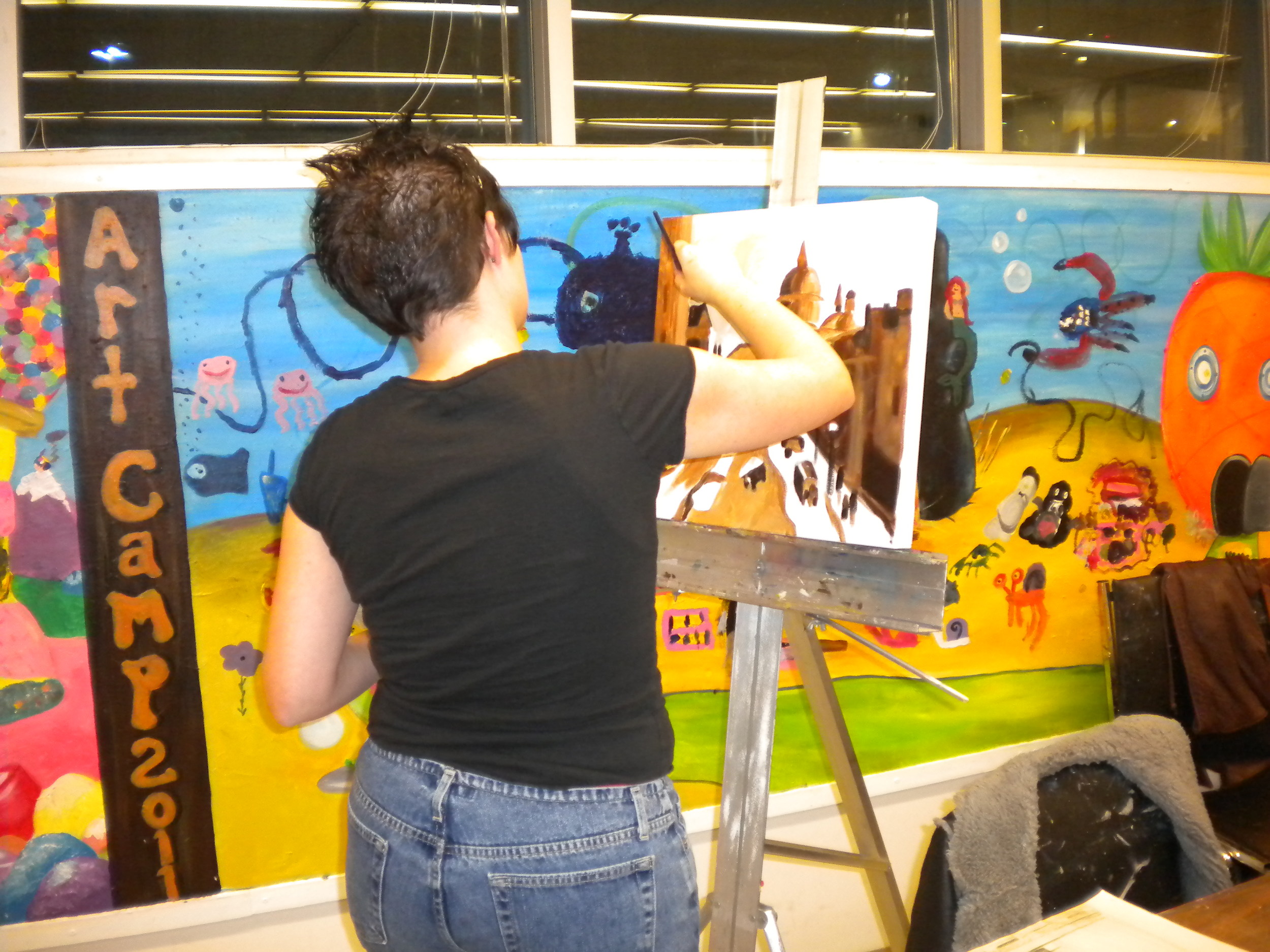I recently ordered a package of eight large (24" x 36") pastelbords from Above Ground Art Supplies in Toronto (ordered by phone, they arrived on my doorstep by special post, but took several months--I had been warned by the clerk that this could be the case, and I wasn't in a hurry, so that was ok). The package of eight, ready-to-paint boards was around $250, delivered. I wanted to try painting LARGE, and was frustrated by having to cope with the persistent curling of Wallis paper purchased in rolls (I could have it dry mounted, but that would require an extra, off site step and pre-planning!). PastelBord, a relatively new product, is hardboard coated with a special mix of kaolin clay and marble dust--heavy, but sturdy. I painted my first piece on the full-size sheet, and was very pleased with the drama of the resulting painting. Because of its size (the biggest I've done yet in pastel) and its subject matter, I called it Breathtaking.
Next, I asked my husband to cut a board in half horizontally on his tablesaw, and experimented with two strongly horizontal paintings. The second one kept me up until 2 a.m., struggling with achieving a needed depth of field, but that was because of the subject source (a photo with an extremely shallow scene), not the pastelbord. Again, I was very happy (eventually) with the result. I think I'll keep using this support--but now I have to save up for the framing of these large works!



